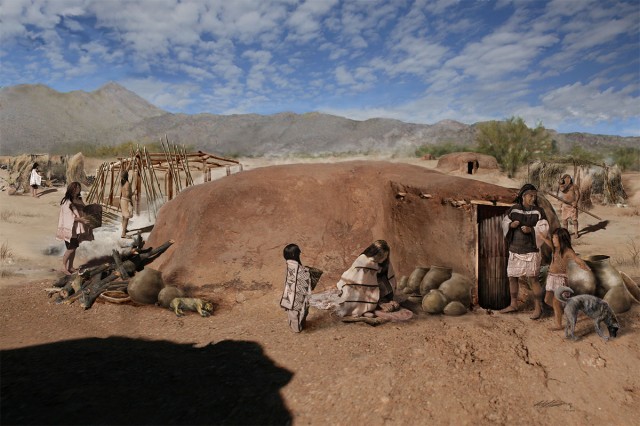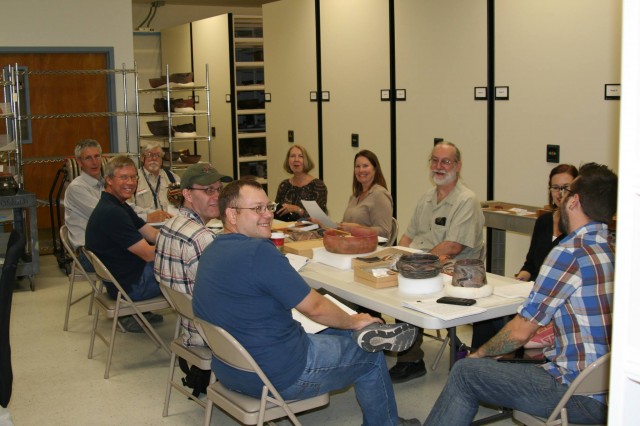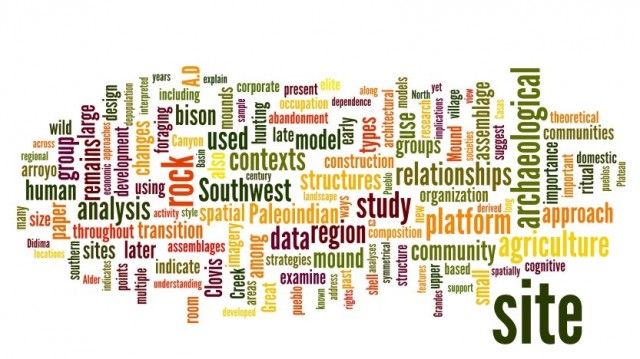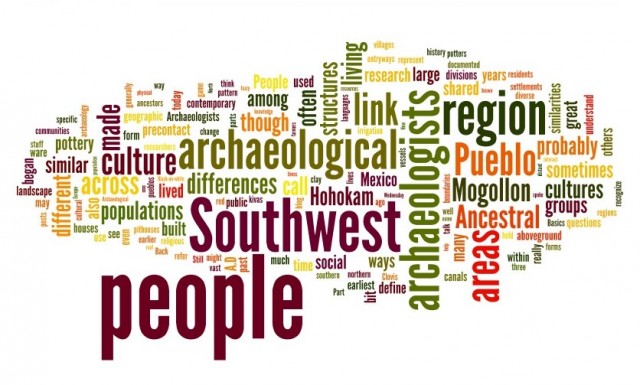- Home
- >
- Preservation Archaeology Blog
- >
- Back to Basics, Part 3: Broad Research Themes
The archaeological culture areas I described on Wednesday are really just a means of conceptualizing similarities and differences among people living in different parts of the Southwest. These constructs do not represent cultures in the way we define them today, and regional designations were not static. Other, very important kinds of social developments sometimes crosscut the traditional boundaries—fuzzy though they may be—between culture areas; an example is the Salado phenomenon.
But why are we trying to understand any of this?
Recently, the media has been reporting on comments made by politicians who believe that certain areas of research, including the social sciences, of which archaeology is a part, are not of sufficient value to society to receive federal funding—and National Science Foundation (NSF) funding, in particular. Excellent rejoinders have been put forth by the Society for American Archaeology and other professional organizations, so I won’t make those arguments here.
I will admit that, if nonarchaeologists were to read our formal research proposals, they might find some of our specific questions a little arcane. Still, I must emphasize that all archaeological research really is directed at a bigger picture.
On the most general level, archaeologists are seeking to understand how we’ve come to be who we are, collectively. How have people solved the problems of physical and social existence in different times and in different places? These questions, though sometimes unstated—or at least not well communicated to a broader public audience—are at the heart of most research done by archaeologists. The ultimate question Southwest archaeologists are asking is, how did people survive, thrive, and solve the problems of living in this rugged and arid land for millennia?

In many ways, the overarching research themes in Southwest archaeology today are the same as they have always been, but refined by advances in method and theory. Here are just a few of the big-picture questions my colleagues and I are really asking, even though our formal investigations are finer-grained:
How and when did cultigens arrive in parts of the Southwest? How did agriculture change groups?
What techniques did farmers use? How successful were those techniques through time?
How did environmental change and shortages affect crop-dependent groups?
How did people hunt and manage animal resources?
How did people deal with resource stress or times of plenty?
How did people organize themselves across a landscape?
How did communities form or dissolve?
What social or political strategies did people use to avoid (or engage in) conflict?
How did people interact at different geographic scales—for example, within a village, among settlements in a valley, or between regions?
How did people express similarities or differences with others?
How do technologies and practices spread?
How do population movements and interactions among different social groups change those groups?
How did the diverse indigenous cultures and languages of the Southwest and Northern Mexico come to be?
Archaeologists relish the details. A lively debate on VERY specific aspects of the archaeological record can sometimes be quite fun. I recently had a 45-minute conversation about the technological and stylistic differences between Kiatuthlanna Black-on-white and Red Mesa Black-on-white pottery—don’t you wish you’d been in on that? In all seriousness, though, those details form patterns. As those patterns become evident, we begin to understand a bit more about the lives of those who came before us.

Still, most archaeologists would agree that we need to do a better job of explaining to the public WHY we do what we do, what we’re learning, and what that really means. Knowledge for knowledge’s sake is a great thing, but we can’t stop there. That is why I’m writing this blog, and why more and more archaeologists are doing the same. More than ever, meaningful commitments to sharing our work with the public and answering their questions seem to be expanding and receiving support within the profession.


—
5 thoughts on “Back to Basics, Part 3: Broad Research Themes”
Comments are closed.
Explore the News
-
Join Today
Keep up with the latest discoveries in southwestern archaeology. Join today, and receive Archaeology Southwest Magazine, among other member benefits.
Actually Matt, I DO wish I’d been in on that discussion of Kiatuthlanna and Red Mesa.
Excellent series, Matt. It is easy to forget that the basics must be communicated to us laypeople.
Carol
Thanks Carol. I’m glad you enjoyed the posts. I’ll be up at Casa Malpais again in March, so I hope I’ll see you then.
Marc, it’s interesting stuff and there is always time for more ceramic talk.
How interesting, I am a non-traditional student. I would like to create a connection with my first year ceramics and first year archeology. I am married into a Navajo family for a long time and have handled many pots of the southwest for sale in Santa Fe. Any suggestions?
If you’re interested in learning more about the archaeology of the Southwest and the kinds of issues raised here, I would recommend “Archaeology of the Southwest” by Linda Cordell and Maxine McBrinn. Also, previous issues of Archaeology Southwest magazine provide more detailed overviews of many specific times and places in the Southwest.